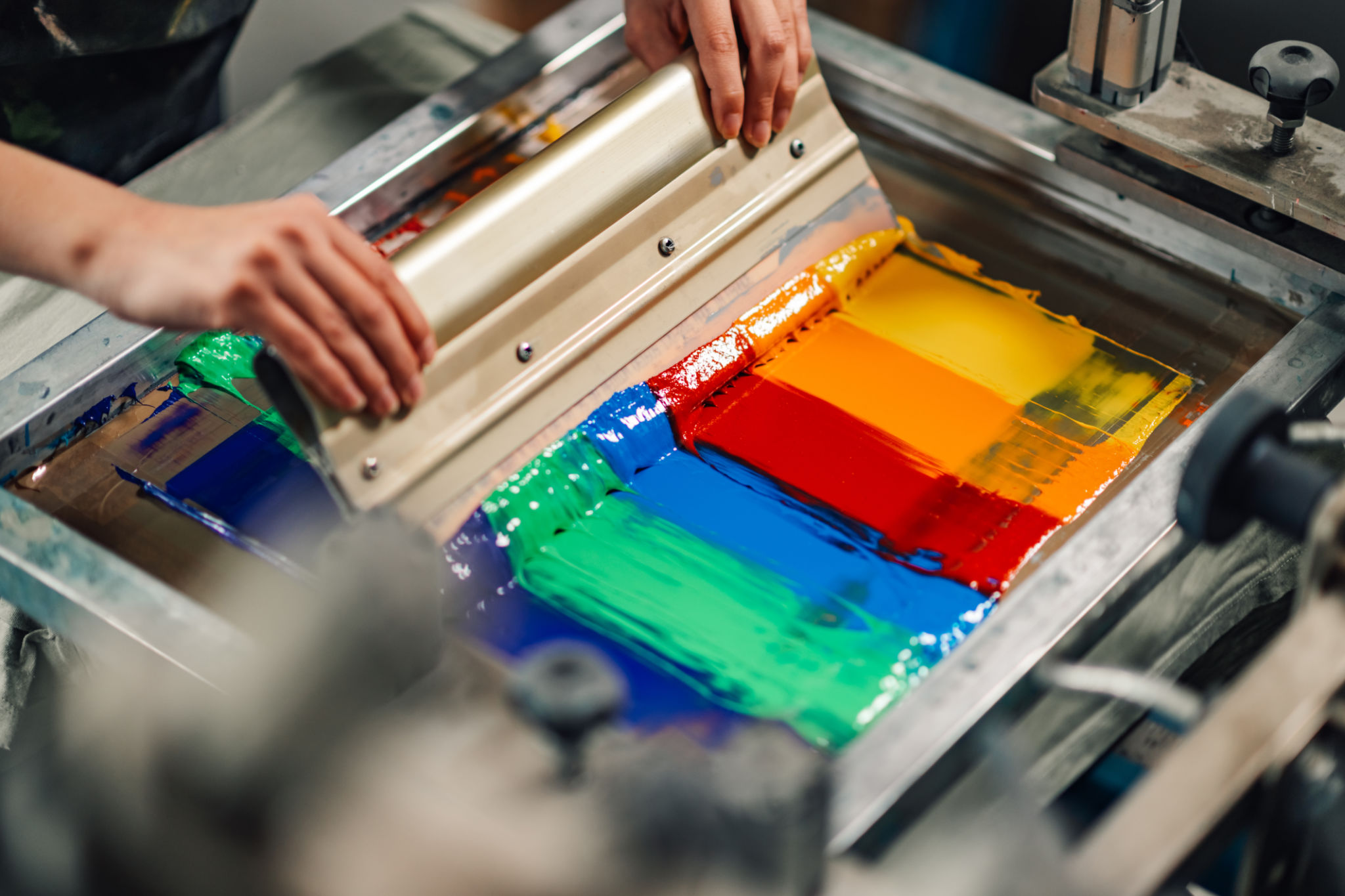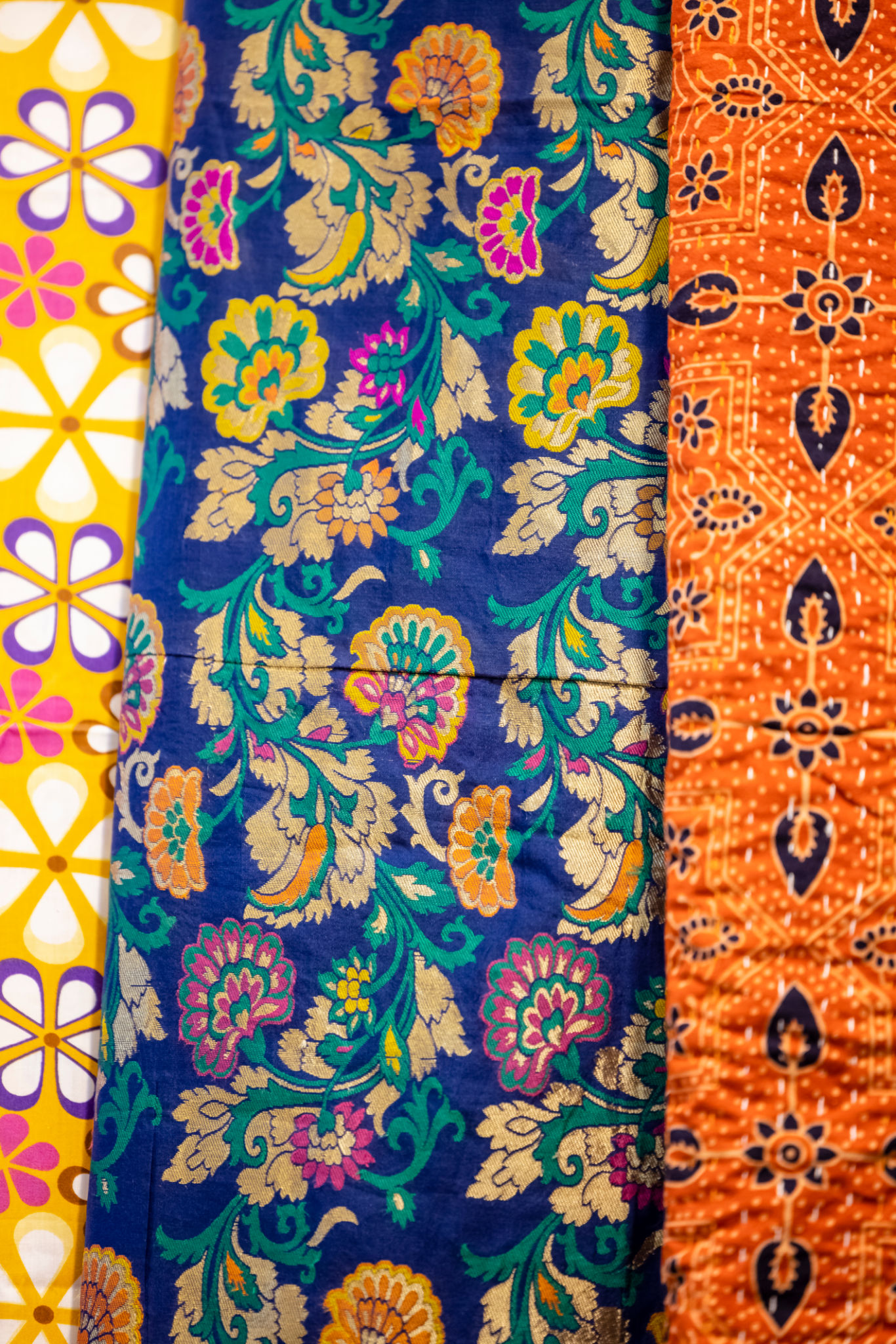How to Choose Between Screen Printing and DTF for Custom Apparel Projects
Understanding Screen Printing
Screen printing is one of the most traditional methods of creating custom apparel. It involves using a stencil, or "screen", to apply ink onto the fabric. This process is renowned for its ability to produce vibrant colors that stand out on any garment. Due to its durability and cost-effectiveness for large orders, screen printing is often the go-to choice for businesses looking to produce bulk quantities of custom t-shirts or uniforms.
One of the key advantages of screen printing is its versatility. It can be used on a variety of fabrics and materials, making it ideal for different types of apparel and accessories. However, it's important to note that screen printing is best suited for designs with fewer colors and less intricate details, as each color requires a separate screen.

Benefits and Drawbacks of Screen Printing
When considering screen printing for your project, it's crucial to weigh the benefits and drawbacks. Some of the benefits include:
- Cost-effectiveness for large orders
- Long-lasting designs that withstand multiple washes
- Ability to print on various materials
However, the technique also has some limitations:
- Less suitable for complex, multi-colored designs
- Higher setup cost for small orders
- Longer production time due to the setup process
An Introduction to DTF Printing
Direct-to-Film (DTF) printing is a relatively new technology in the custom apparel industry. It involves printing a design onto a special film, which is then transferred to the fabric using heat. This method allows for highly detailed and colorful prints, making it an excellent choice for designs with intricate graphics and gradients.
DTF printing offers flexibility that is not always possible with traditional methods. It works on a wide range of fabrics, including cotton, polyester, and blends, without compromising on print quality. This versatility makes DTF an appealing option for businesses looking to create unique and eye-catching apparel.

Advantages and Considerations of DTF Printing
DTF printing comes with several benefits that make it an attractive option for custom apparel projects:
- Exceptional detail and color vibrancy
- No need for screens or setups, making it faster for small orders
- Compatible with a variety of fabrics
However, there are still some considerations to keep in mind:
- Higher cost per unit compared to screen printing for large volumes
- Potential limitations in durability compared to traditional methods
- Requires specialized equipment and materials
Factors to Consider When Choosing Between the Two
The decision between screen printing and DTF ultimately depends on your specific needs and project requirements. Consider factors such as:
- Order volume: Large orders may benefit from the cost efficiency of screen printing.
- Design complexity: Detailed and colorful designs are better suited for DTF.
- Fabric type: Both methods work well on various fabrics, but DTF offers more flexibility.
- Budget: Evaluate which method aligns with your budget constraints while meeting your quality expectations.

In conclusion, both screen printing and DTF have their unique strengths. By understanding the advantages and limitations of each method, you can make an informed decision that aligns with your project's goals and budget. Whether you prioritize cost, detail, or fabric compatibility, there's a printing technique that can bring your custom apparel vision to life.